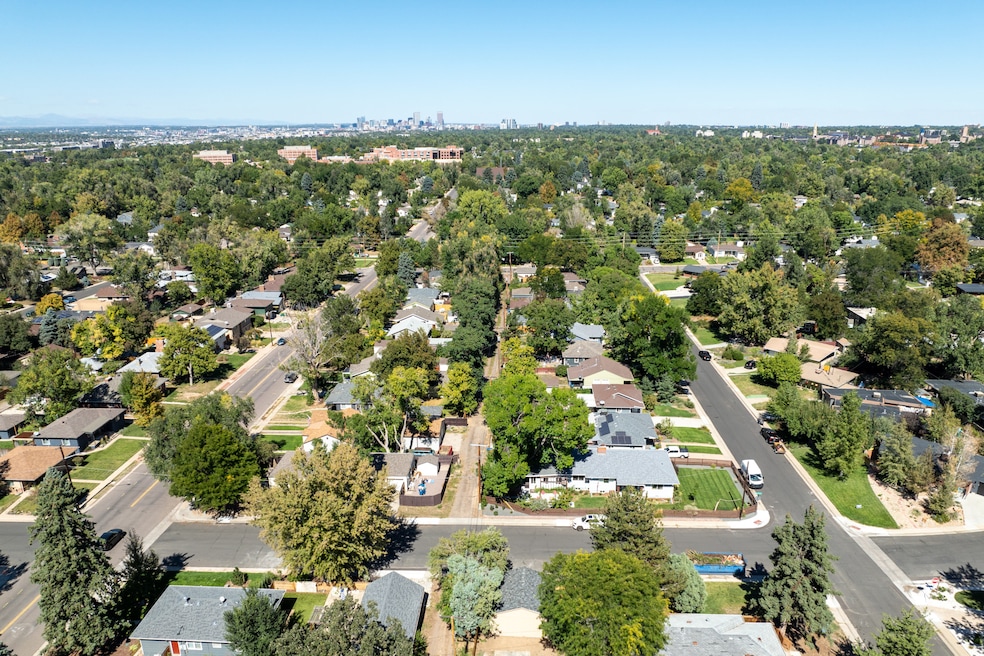The creation of fewer households may help U.S. homebuyers find a reprieve from high prices, though it could be years away.
The formation of households is projected to drop to a historic low in the next two decades, lessening the strain on housing demand and probably easing home prices. This is due to an impending decline in population that researchers say will be influenced by immigration, high mortality rates, and fewer births, according to a report from the Joint Center for Housing Studies at Harvard University.
The decline in household formation is also set to shift the profile of the typical homeowner, according to the study, boosting the number of people of color who are heads of households, and creating more multigenerational living situations.
The Joint Center for Housing Studies predicted that households will rise by 8.6 million between 2025 and 2035. That’s nearly 2.5 million fewer households that had been added during the previously recorded low in the 2010s. But those additions may drop even further between 2035 and 2045, the study said, with a rise of just 5.1 million households — for the lowest growth rate in at least 100 years.
This result is highly dependent on the immigration rate, according to the Harvard research.
The U.S. Census Bureau’s immigration projection for the next 20 years is between 15.6 million and 25.1 million people. If the prediction comes in high, the study said housing demand will not drop during that period. But if it is low, the researchers said housing demand will drop dramatically in the next 10 years. The Joint Center for Housing Studies used a projection of an annual net immigration level of 873,000 annually between 2025 and 2035, the overall average from the past three decades.
“But even under significantly higher assumptions for future immigration, household growth is expected to decline over time due to the projected decline in natural population growth,” Daniel McCue, a Joint Center for Housing Studies senior research associate, said in the report.
Importance of immigration
Immigration is the main source of population growth for the United States, noted Eric Finnigan, vice president of demographics at John Burns Research and Consulting, and a topic in question amid potential federal policies under the incoming Trump administration.
“The population would decline if there was no immigration, whether that’s in five years in the future, 10, or 15,” said Finnigan. “I see a potential risk that happens pretty soon, actually, depending on what happens with immigration policy.”
According to Finnigan, a population decline could balance the current housing supply. However, homebuilders could respond to the drop in demand by pulling back on new construction. When housing demand is low, because there are more homes than people to live in them, prices tend to come down.
“We think that home building will need to stay where it is to meet the bare minimum of demand,” he said. “If supply doesn’t rise to meet demand, we think that potentially homebuyers in the 2030s will inherit a very expensive housing market. … [Home prices] won’t necessarily go down because builders will respond.”
The National Association of Home Builders estimates a shortage of 1.5 million housing units in the United States, and it’s one of the major factors impacting housing affordability.
Harvard's McCue noted that much of the supply-and-demand conversation revolves around the aging of the baby boomer generation. Homebuilders could pull back on new construction but an increased supply of existing homes from boomers will add to the balanced market.
“We’ll need to build more but with the amount of household growth slowing, it could make it easier to make up for the shortage,” said McCue. “We’re having a higher rate of older homeowners giving up their homes, so we’re going to have a lot of turnover of housing stock.”
The Urban Land Institute, a Washington, D.C.-based research group focused on real estate development practices, estimated that between 2020 and 2030, there will be an increase of 9.6 million senior households versus 8.5 million total new households overall, reflecting the significant increase in the aging population.
The boomer effect
Baby boomers, those born between 1946 and 1964, were the largest generation living in the United States until recent years. They are still affecting housing as they age and die. It’s the greatest underlying factor in the change of household formation, said McCue.
Aging boomers will likely leave homeownership to move in with relatives or aging communities, and the number opting for the former is on the rise.
The Joint Center for Housing Studies predicts the rate of multigenerational living where the parent of the person who heads the household is present will rise by 30% in the next 10 years. Apply that projection to the next 20 years, and the study expects 120% growth in this type of multigenerational living.
Millennials will spearhead the third-largest growing household type over the next decade: married couples with children under 18, according to the study. However, boomers living alone and married couples without children will make up 71% of all household growth between 2025 and 2035.
The Harvard analysis found that the mortality rate will surpass births among the U.S. population beginning in 2039, and this is primarily due to baby boomer deaths.
The loss of the boomer generation will also drop the number of non-Hispanic white homeowners, while the continued population growth from immigration will increase the diversity of homeowners.
According to the Census Bureau, Black homeownership is 45.7%, Hispanic homeownership is 48.8%, and non-Hispanic white homeownership is 74.2% today. The Urban Institute predicts 16.1 million new households will form through 2040, with the majority being Hispanic.

